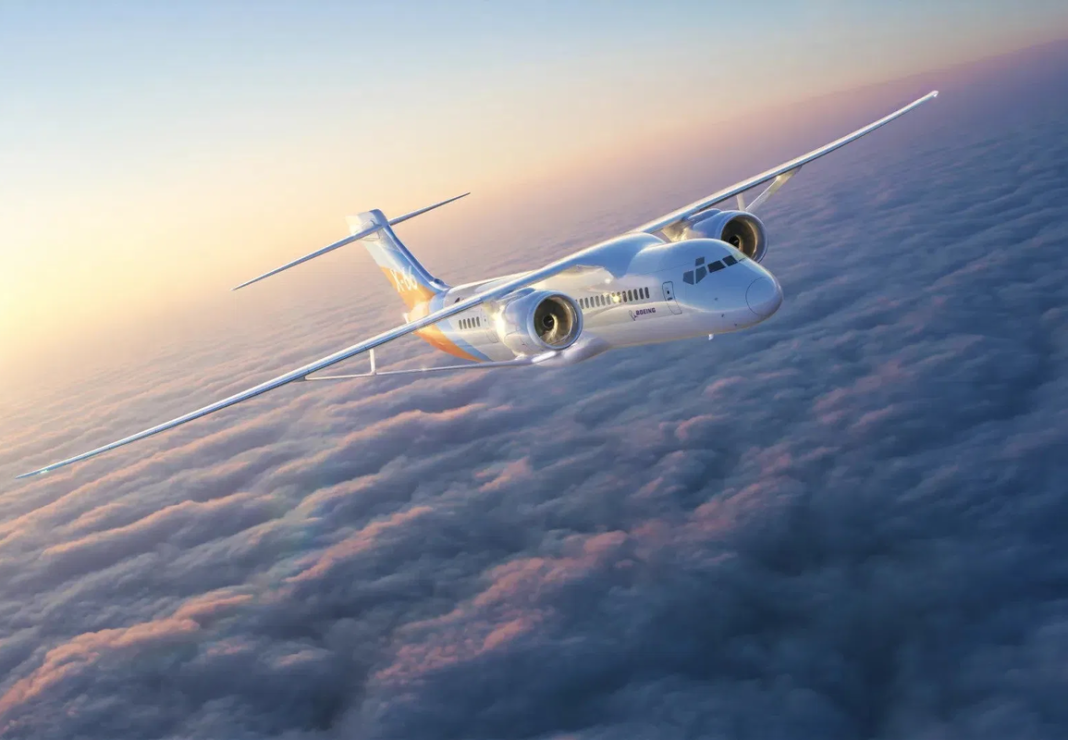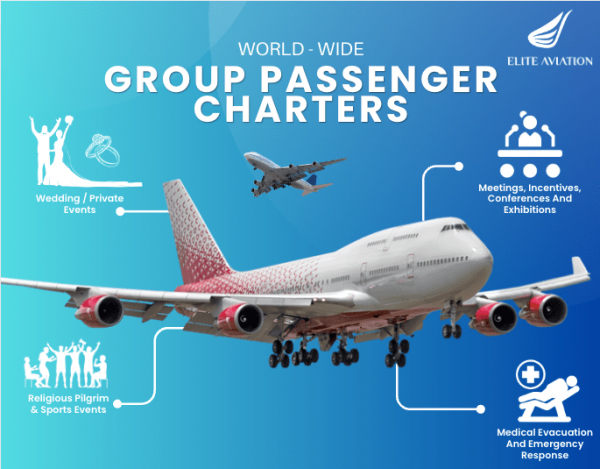[ad_1]
On 24 April 2025, Boeing announced a pause of the X-66 Sustainable Flight Demonstrator (SFD) program.
Boeing and NASA have collaborated since 2023 on the $1.5 billion SFD, also called the X-66. NASA reported it was planning a full-scale demonstrator flight in 2027.
Despite the stop to the program, Boeing stated it would continue working on the thin-wing technology that was to be a key component of the X-66.
Long, Thin Wings a Key Feature of X-66 Sustainable Flight Demonstrator
The most striking feature of the X-66 was its long, thin wings supported by trusses or struts. This was essential for the wings, as they did not have the rigid structure of wings on typical commercial jets. NASA and Boeing expected the wings, combined with advanced propulsion systems and lightweight composite materials, would make the X-66 as much as 30% more fuel-efficient than current passenger designs.

The X-66 was NASA’s largest experimental plane. One program goal was for it to become a single-aisle test platform for Boeing to replace the 737 in the 2030s. Both organizations have made significant investments in the X-66. NASA initially agreed to provide $435 million in the program, and Boeing promised $725 million. Boeing began the program with high hopes for the X-66’s future.
“We think we’ve got a real shot at bringing that technology to bear on the next airplane,” said CEO David Calhoun.
The X-66 is a Modified McDonnell Douglas MD-90
The X-66 was not an entirely new aircraft. Instead, it was a modified McDonnell Douglas MD-90. The modifications included replacing the wings with thinner ones. The plan was to install the new wings on top of the fuselage instead of under it, as in the original MD 90 configuration. The engines are positioned under the wings, which were above them in the original design.

Since the program began, NASA and Boeing have been conducting experiments such as wind tunnel tests, fluid dynamics modeling, and structural design and analysis using smaller models of the X-66.
Multiple Reasons For Pausing X-66 Sustainable Flight Demonstrator
Boeing decided to pause the development of the X-66 for several reasons. One is that the corporation decided to focus more on supporting its existing aircraft and customers, including the 737-10, 777-8, and 777-9. To accomplish this, Boeing has been pulling engineers from the X-66 program since 2024.
Another reason Boeing and NASA paused the X-66 program was an overall emphasis on cost-cutting, which may be due, in part, to President Trump’s plan to reduce NASA’s science budget by half in the upcoming fiscal year. Boeing has made it clear that it is not abandoning the technology it was developing for the X-66.
“[It] holds tremendous promise for the future of commercial aircraft, and the learnings to date have bolstered our interest,” wrote Todd Citron, Boeing CTO; Mike Sinnett, Vice President of Product Development; and David Loffing, Boeing Commercial Airlines Chief Engineer. “At the same time it is critically important to meet our commitments to customers on 737-7, 737-10, 777-9, and 777-8F and on airplane deliveries.”
Focus to Shift To Development of Thin Wing Technology
Boeing and NASA have announced they will shift their focus from the X-66 to applying thin-wing technology to multiple aircraft designs. This is clearly needed, as the efficiency benefits will become more critical than ever in the near future. Boeing estimates that the demand for single-aisle and narrow-body airliners will increase by 30,000 in the next 20 years.

While wings produce lift, they also create drag as they move through the air. Longer, thinner wings generate less drag, which results in better fuel efficiency. This seems like a good solution for aircraft designs, but longer wings like those on current passenger aircraft would face more turbulence, which would then require more weight to strengthen them, eliminating the fuel consumption benefits.
To solve this on the X-66, NASA and Boeing were examining the use of trusses, or braces, to support the thin wings and avoid making them heavy. To accomplish this, they had to overcome several design obstacles.
“The junctures between wing, strut, and fuselage are challenging for flow separation and localized shockwaves, but computational fluid dynamics has helped shape the design,” said Brent Cobleigh, NASA’s SFD Project manager.
Wings Can Morph to Function as Control Surfaces
The thin wings also apply Boeing’s active aeroelastic wing technology. With this concept, the wings warp or morph along the leading and trailing edges to function as flight control surfaces. The wings are not as stiff as traditional designs and twist to create the most favorable shape for lift and control.

Another feature of the thin wings is better aerodynamic performance in conditions that would not be favorable for wings with conventional control surfaces.
Other benefits of the thin wing technology are less noise, better stall characteristics, and improved response to gusts.
[ad_2]
Source link


